What’s The Difference Between Men’s And Women’s Golf Clubs?
We take an in-depth look at the elements that make men’s and women’s golf clubs different and explain why they are designed this way
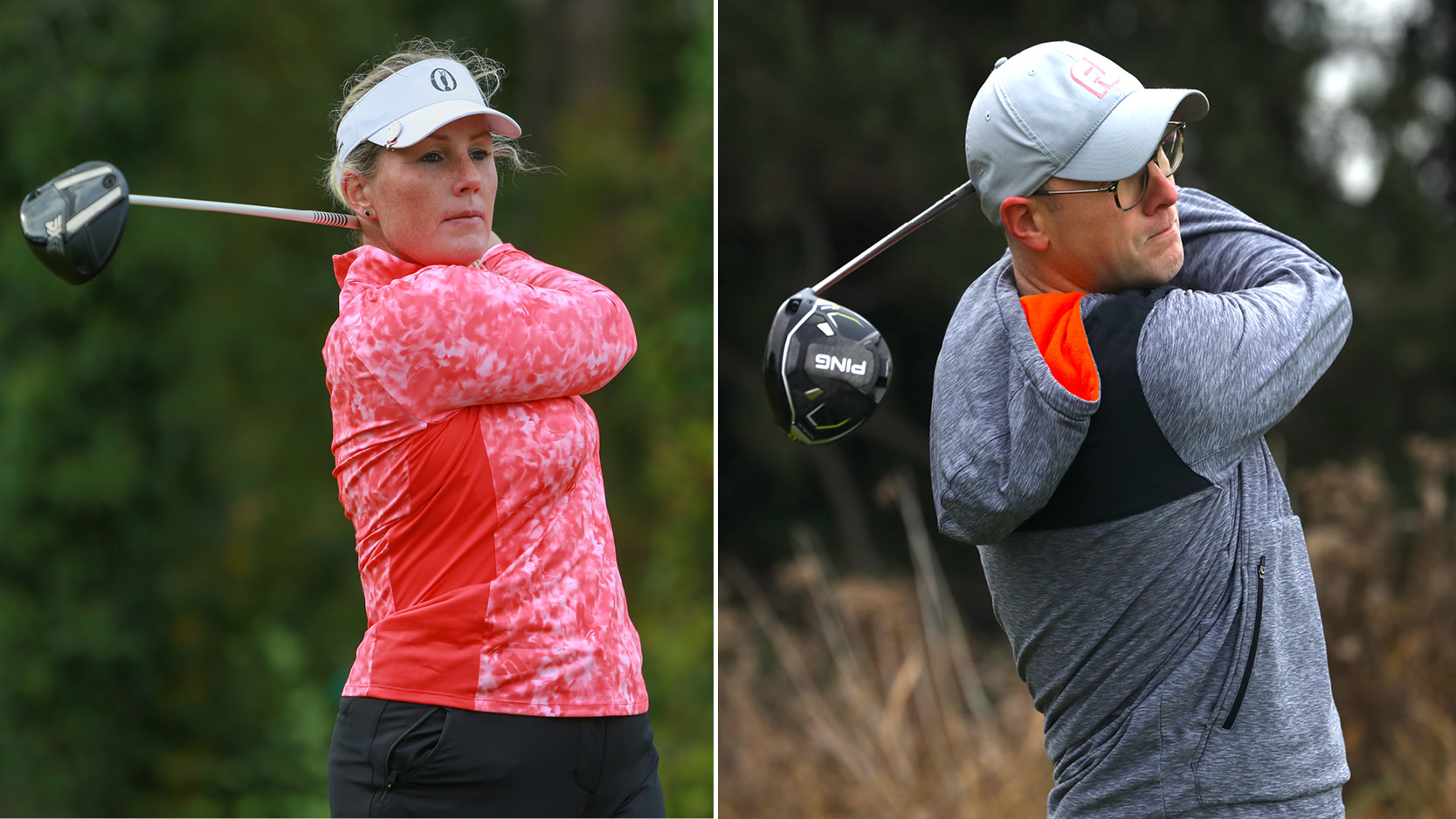

Walk into any pro shop and there’s a clear-cut section for women’s and men’s golf clubs. Women’s clubs tend to stand out for their softer sheen and brighter colours. But aesthetics aside, what actually makes them work for the different genders?
When you pick up a woman’s golf club, it instantly feels much lighter to swing than a men’s with a smaller sized grip and much more loft to accommodate a slower swing speed. If you were to ask the manufacturers to tell you the differences then you will get a much more complex answer.
It will be the hidden design elements that play a role in helping women play better golf, things like technology inside the clubheads, nano-engineering in shafts to make them stronger yet lighter and so on.
Ultimately, when we are discussing standardised shop-sold men’s and women’s clubs we are looking at clubs that are designed and built for Mr and Mrs Average, the stereotypical male and female. Here are the main differences.
Length
Manufacturers make men’s clubs to suit the average male that is 5’9″ tall and for women, 5’7” tall. Since there is a height difference, women’s clubs are generally about ¾ to one inch shorter than men’s. If you are shorter than 5’7”, a standard women’s length club will work just fine. As men are typically taller and stronger than women, with longer levers, men’s clubs are more upright and heavier than women’s.
So what happens if an average woman tries to play men’s clubs? Doing so will dramatically reduce your ability to create clubhead speed, robbing ball speed and distance. Not a Mrs Average? Unfortunately this means that standard women’s clubs are unlikely to suit you.
A custom-built club with a different length shaft is the answer. Petite women that are below 5’3″will suit a shorter option shaft (usually around one inch shorter than standard.) Likewise, taller women (5’9″ and above) can play with men’s standard-length golf clubs or senior length shafts instead. The length of the latter will be perfect for you and the shaft is almost the same as the women’s graphite shaft.
Get the Golf Monthly Newsletter
Subscribe to the Golf Monthly newsletter to stay up to date with all the latest tour news, equipment news, reviews, head-to-heads and buyer’s guides from our team of experienced experts.

Lie Angle
The lie angle of men’s irons are more upright than most women as men are taller so need longer clubs. For every half inch longer it’s going to play one degree more upright. So if you’re a woman using men’s clubs then they are probably too upright for you.
This could cause you to develop a ‘chopping-style’ swing action where you pick the club up too steeply in the backswing without enough rotation and swing down too steeply. More often than not, also on an across-the-line, out-to-in swing path, this causes a cut/slice and a loss of distance. Women’s clubs have a flatter lie angle to accommodate their shorter height.
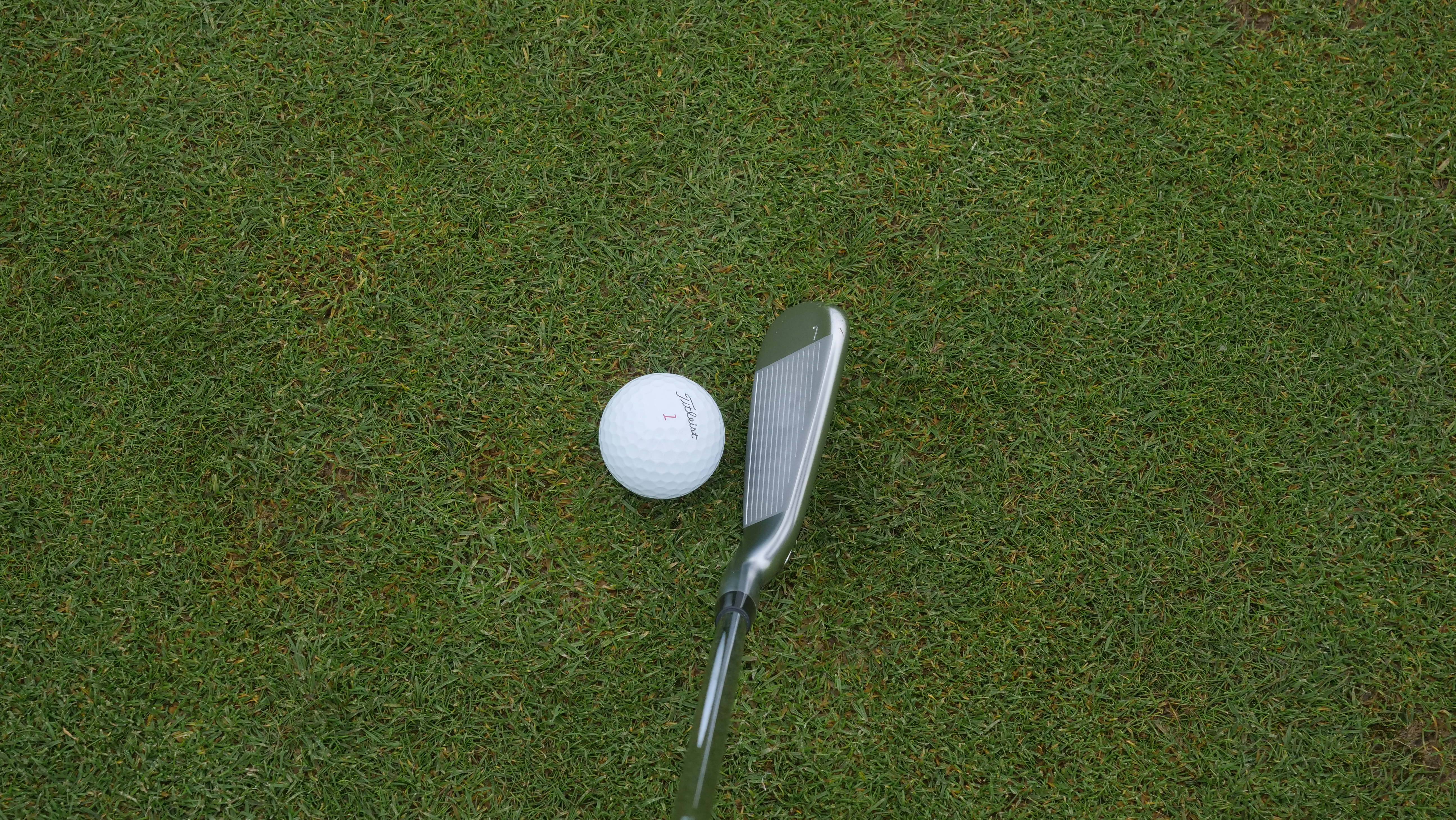
The lie angle of men's clubs is more upright as generally men are taller so need longer clubs
Weight
The overall weight of standard women’s clubs is less than men’s clubs. The shaft is lighter, the grip is lighter, and often the clubhead is made from a lighter material. This all adds up to the total weight being considerably less. For this reason, women shouldn’t use standard men’s clubs, they are simply too heavy. Even if you’re a physically fit and strong woman that strength doesn’t automatically mean you will suit a heavier club.
What you need is a club that is still light but has a stiffer flex, perhaps regular flex, maybe even stiff flex. Women’s shafts are generally always graphite, whereas men can choose graphite and steel. The reason behind the graphite-only option for women is to help lower the overall weight of the golf club. Doing so will help women to increase swing speed and, therefore, distance. If you are a better female player with a faster swing speed then custom steel men’s options can be put into a women’s length iron. Choosing lightweight steel with a lower launch in the men’s clubs will help your game.
Shaft Flex
Flex is important because we are all looking to reduce our shot dispersion, increase accuracy and find fairways consistently. To gain consistency off the tee and into the green, you need club stability, less torque (resistance to twisting) and a shaft kick point to match your swing action. Kick point is the area of a shaft that will bend most during the swing. A low kick point is toward the head, a high kick point is toward the grip, and a mid kick point is near the centre of the shaft. Kick point will influence how the club feels and what trajectory the ball launches at.
Women’s clubs tend to favour a low kick point to encourage more height on shots. Standard women’s clubs are sold fitted with L-Flex shafts that are light, around 40 grams typically. The flexibility you need will be directly related to your swing speed and strength. In the future there may be a lot more shaft flexibilities for women. For instance, a Ladies’ Stiff, Regular, and Senior shaft, as opposed to just a universal L-flex shaft that is supposed to fit all women.
Clubhead Loft
The loft on the club is used to help launch the ball in the air. Men’s clubs are built with significantly less loft than women’s because they are stronger. Since women have a lower clubhead speed they struggle to impart enough power into the ball to launch it on a high enough trajectory to gain distance. The average men’s driver comes with a standard loft from 9-10.5 degrees. For a typical standard women’s driver you would be hard-pressed to find a stock option below twelve degrees.
The same rule applies to irons. A typical men’s set of game improvement irons will have a seven iron with a loft of around 28.5 degrees. The women’s equivalent seven iron has a loft of 32.5 degrees. The extra loft helps get the ball higher in the air and encourages it to fly a bit further.
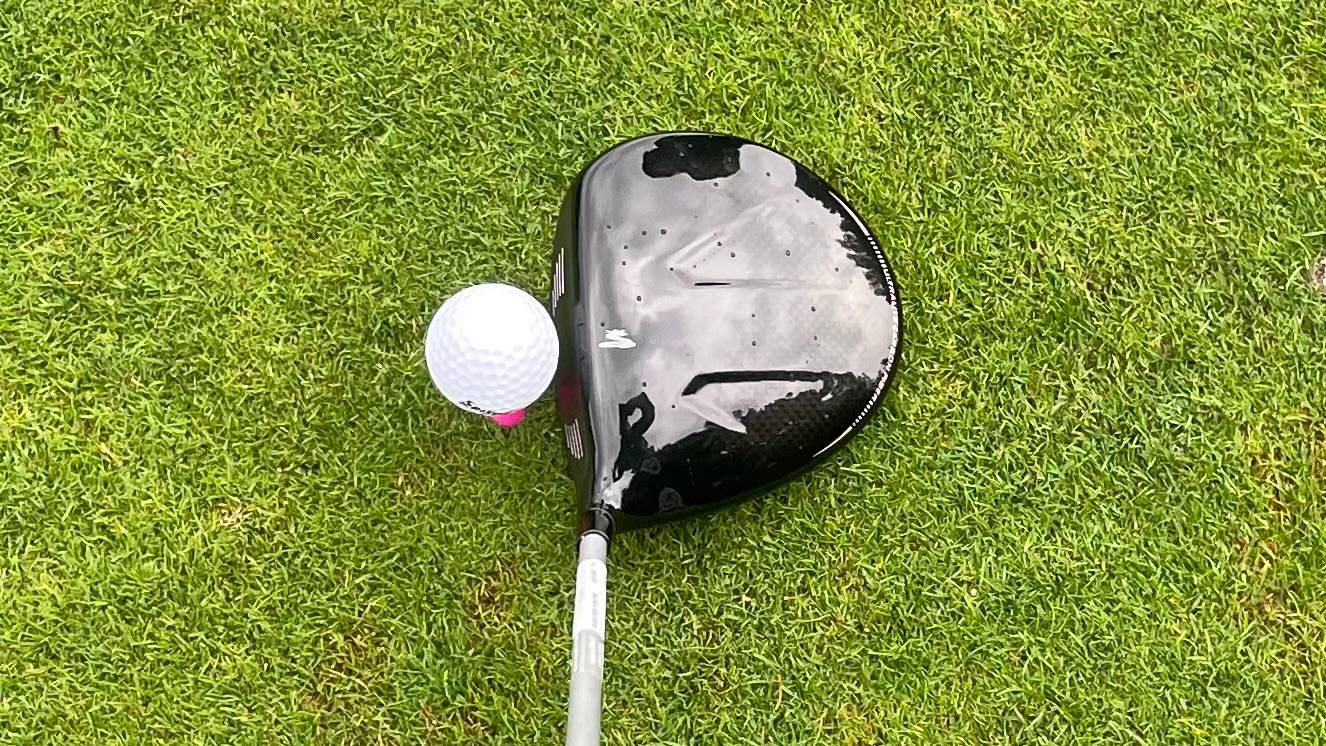
The average men’s driver comes with a standard loft from 9-10.5 degrees. For women it's 12 degrees
Grip
Women’s hands are generally smaller than men’s so a woman’s golf grip is made accordingly. The correct grip size allows the hands to be in the correct position and transfer the right amount of grip pressure through impact to the hit. Most men play with a standard to midsize grip on their clubs. Women’s golf grips are considerably thinner.
For a woman with small hands, playing with a men’s golf grip can cause issues in your game. It can make it harder to maintain consistent grip pressure and also harder to release the club at impact, leading to the left-to-right shaped slice shot. If you find yourself somewhere in the middle of women’s and men’s grips then adding a few layers of tape underneath a women’s golf grip will build the grip up just slightly, without taking it entirely up to a men’s standard grip.
In summary, the differences between men’s and women’s golf clubs are quite significant. The reason behind these differences is strength and size. Typically speaking, men are taller and stronger than women. On that basis, standard women’s clubs are typically built about one inch shorter and lighter than men’s, with a softer flex shaft. Women’s grips are also smaller and thinner than men’s grips.

Charley Hull can generate clubhead speeds comparable to male players
The Exception - When Men’s Clubs Work For Women
If you are a woman who is strong, with a higher-than-average clubhead speed, then don’t be afraid to think about men’s clubs as an option. Just because they are labelled “men’s” it doesn’t mean that they can’t work for you. Women with high swing speeds will absolutely benefit from putting a light shaft in a men’s clubhead. In fact it’s common to see lower handicapped women and strong tour professionals, like Lexi Thompson and Charley Hull who generate clubhead speeds comparable to male players (90mph+), playing with standard men’s length drivers to get a little extra distance with a longer club. Ultimately, you should be matching your clubs to your skill-level with the right combination of weight and flex being the key.

Carly Frost is one of the golf industry’s best-known female writers, having worked for golf magazines for over 20 years. As a consistent three-handicapper who plays competitive club golf at Parkstone and the Isle of Purbeck courses in Dorset every week, Carly is well-versed in what lady golfers love. Her passion for golf and skill at writing combine to give her an unbeatable insight into the ladies game.
Carly’s role at Golf Monthly is to help deliver thorough and accurate ladies equipment reviews, buying advice and comparisons to help you find exactly what you are looking for. So whether it’s the latest driver, set of irons, golf ball, pair of shoes or even an outfit, Carly will help you decide what to buy. Over the years she has been fortunate to play some of the greatest courses in the world, ranking Sea Island, Georgia, USA, among her favourite golf resorts. Carly's aptly-named son Hogan is already hitting the ball as far as mum and will undoubtedly be a name to watch out for in the future. Carly is a keen competitor and her list of golfing achievements are vast. She is a former winner of the South West of England Ladies Intermediate Championship, a three-time winner of the European Media Masters and she once beat an entire start-sheet of men to the title of Times Corporate World Golf Champion. She has played for both the Dorset and Surrey County Ladies first teams and is known for her excellent track record at matchplay.
Carly holds the ladies course record (68) at her home club Parkstone and her lowest competition round (seven-under-par 65) was carded in the pro-am of the Irish Ladies Open at Killeen Castle, playing alongside Solheim Cup superstar Anna Nordqvist. Although her current handicap index has crept up to 3.7 since Covid she has her sights firmly set on achieving that elusive scratch handicap and hopefully playing for her country when she’s 50.
Carly’s current What's In The Bag?
Driver: Callaway Epic Max, 10.5°
Fairway wood: TaylorMade SIM2, 15°
Hybrids: Titleist TS2, 19°, 21°, 24°
Irons: Mizuno JPX900, 5-PW
Wedges: Cleveland RTX, 52°, 56° and 58°
Putter: Scotty Cameron Futura X5
Ball: 2021 Callaway Ladies SuperSoft
-
 Chevron Championship Tee Times: Rounds One And Two
Chevron Championship Tee Times: Rounds One And TwoA look at when the players are teeing it up in the opening two rounds of the Chevron Championship - the first women's Major of the year
By Mike Hall
-
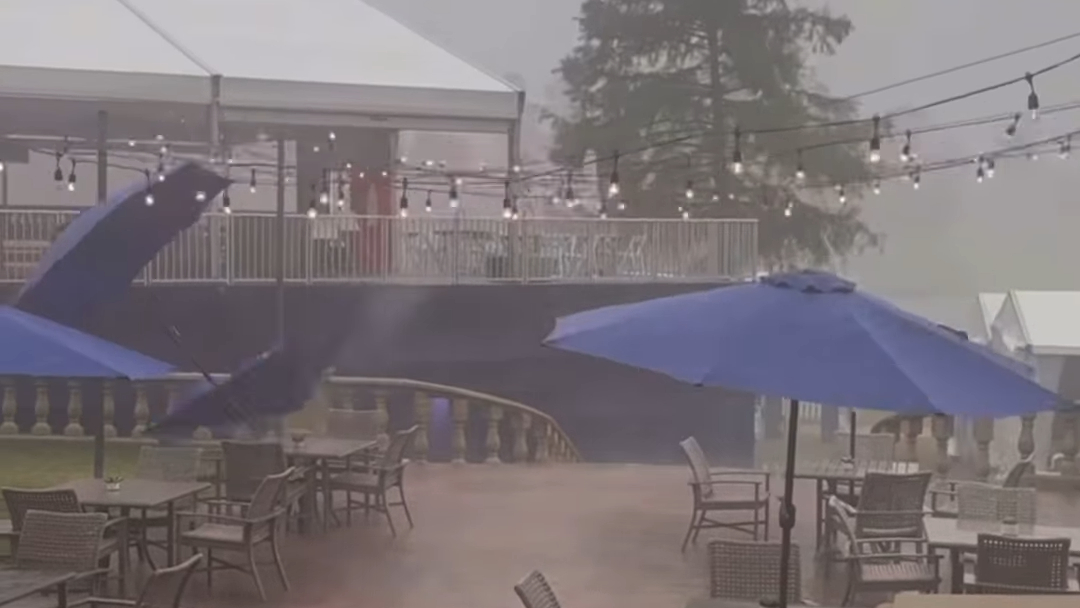 Charley Hull Social Media Video Reveals Brutal Weather Conditions Ahead Of Chevron Championship
Charley Hull Social Media Video Reveals Brutal Weather Conditions Ahead Of Chevron ChampionshipCharley Hull has added a video to her Instagram stories showing strong wind and heavy rain in Texas ahead of the first women's Major of the year
By Mike Hall
-
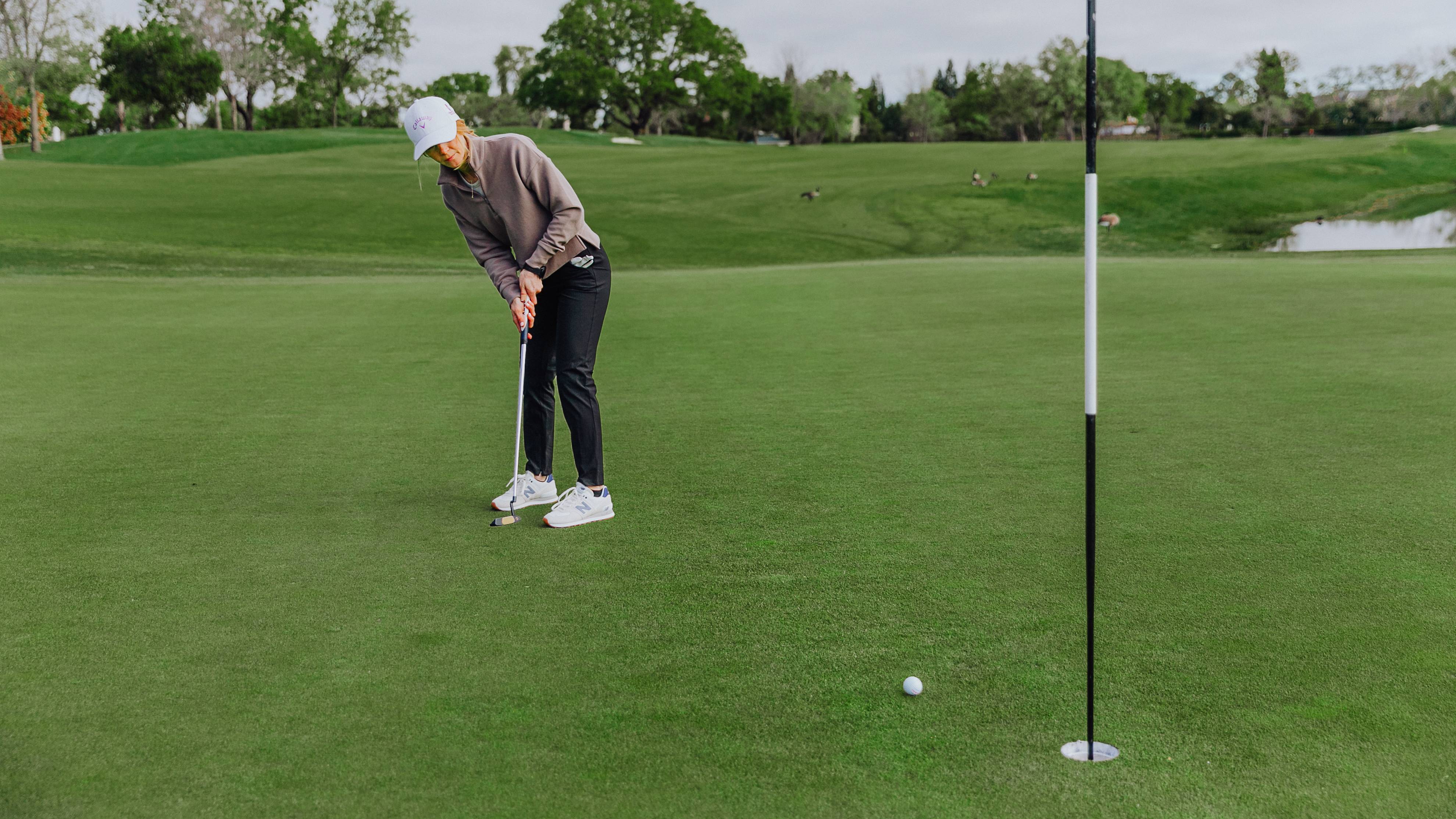 5 Things That Really Helped My Putting (After Two Years Of Trial And Error) And Finally Made Putting Enjoyable
5 Things That Really Helped My Putting (After Two Years Of Trial And Error) And Finally Made Putting EnjoyableFrustrated on the greens? Find the simple keys to improvement
By Lauren Katims
-
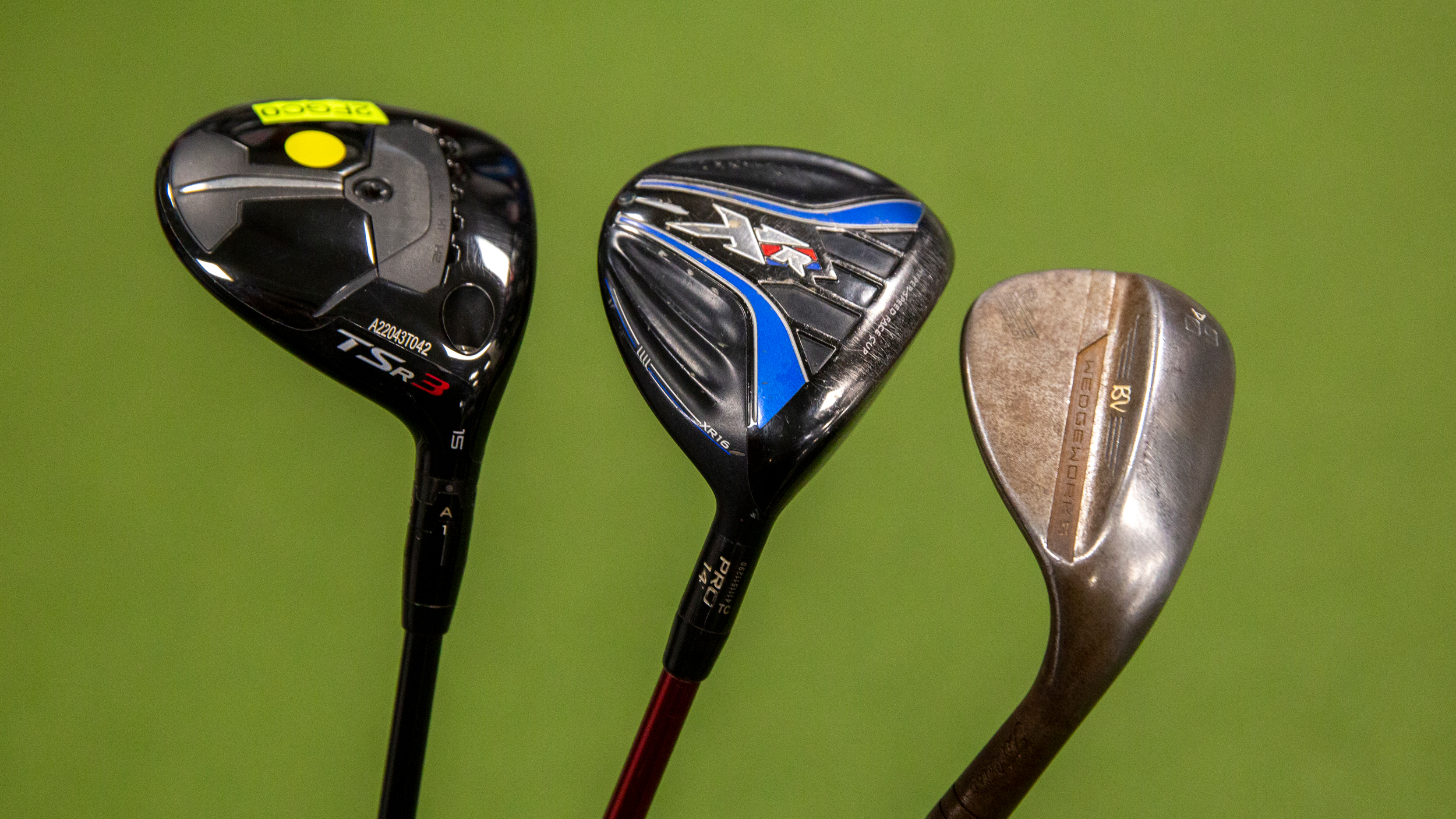 What Are The Rarest Second Hand Golf Clubs?
What Are The Rarest Second Hand Golf Clubs?We speak to Europe’s largest retailer of second hand golf clubs, and discover this marketplace can be a treasure trove for hidden gems
By Michael Weston
-
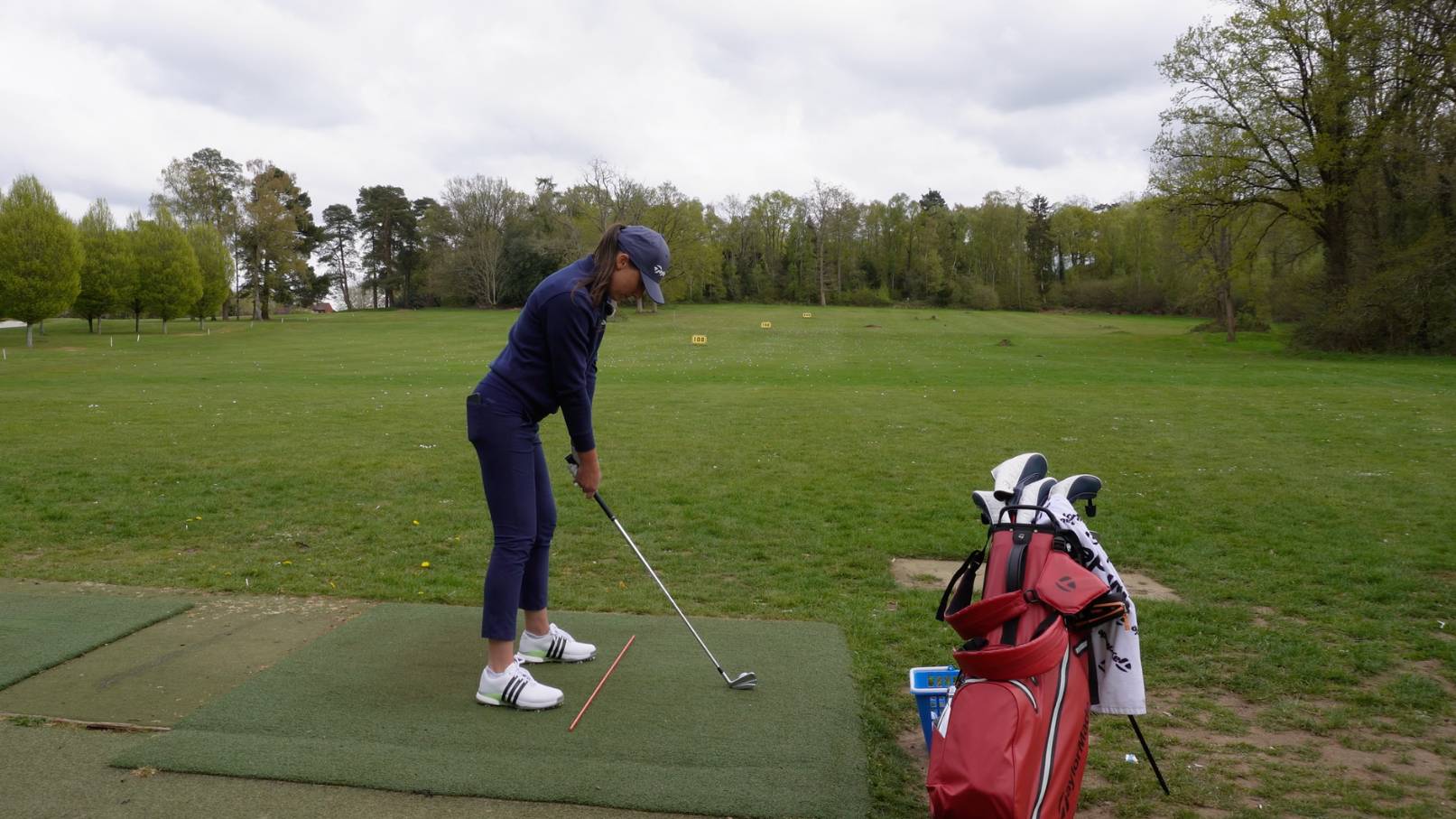 Why I'm Not Obsessed With Scratch (Yet) - The Joy Of Just Getting Better
Why I'm Not Obsessed With Scratch (Yet) - The Joy Of Just Getting BetterSingle figure golfer Jess Ratcliffe on finding enjoyment in gradual progress
By Jess Ratcliffe
-
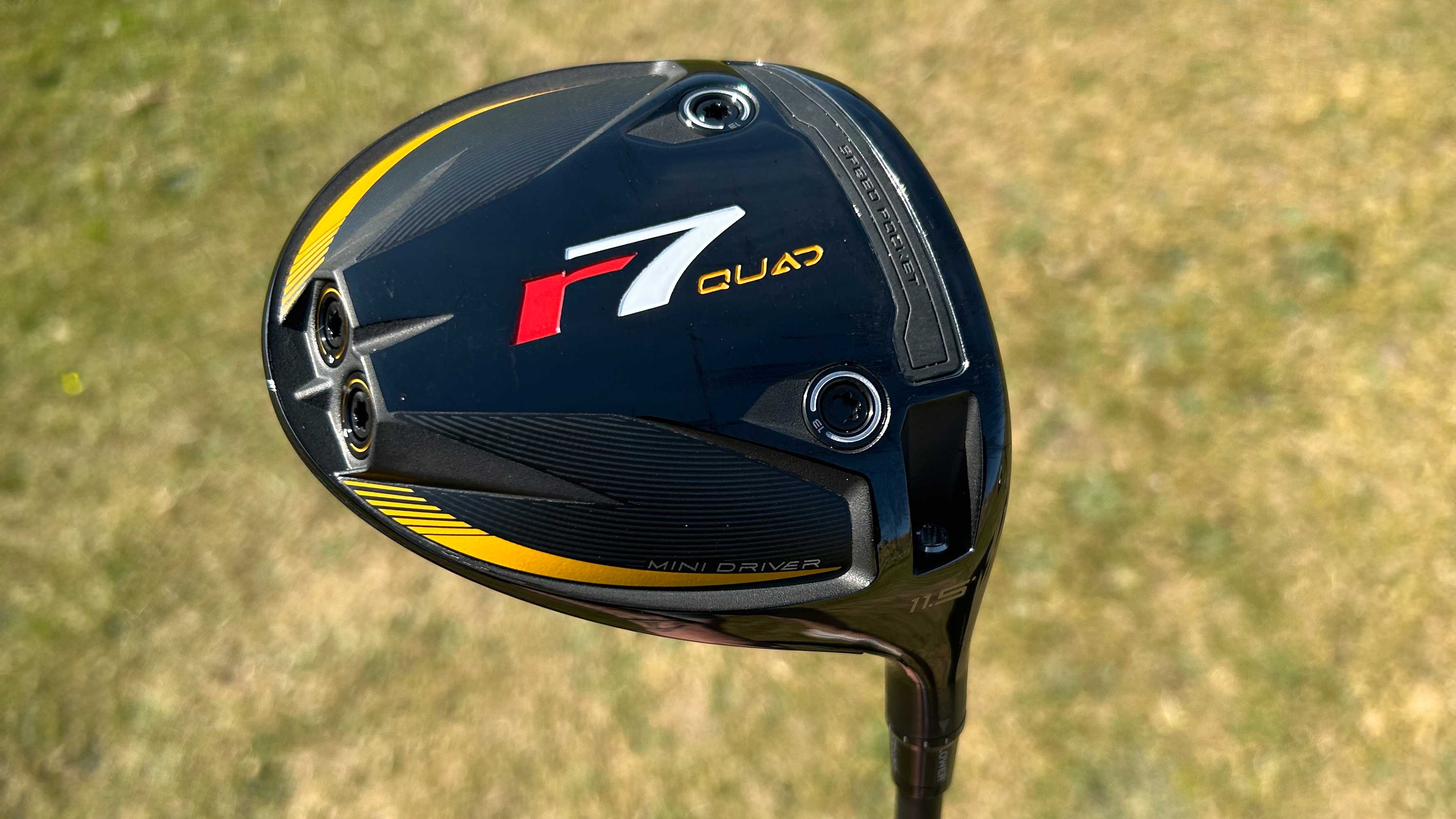 3 Reasons To Add A Mini Driver To Your Golf Bag
3 Reasons To Add A Mini Driver To Your Golf BagThe mini-driver has been popping up in more and more bags on professional tours all around the world in recent months. Could you be missing out if you haven't tried one yet?
By Joe Ferguson
-
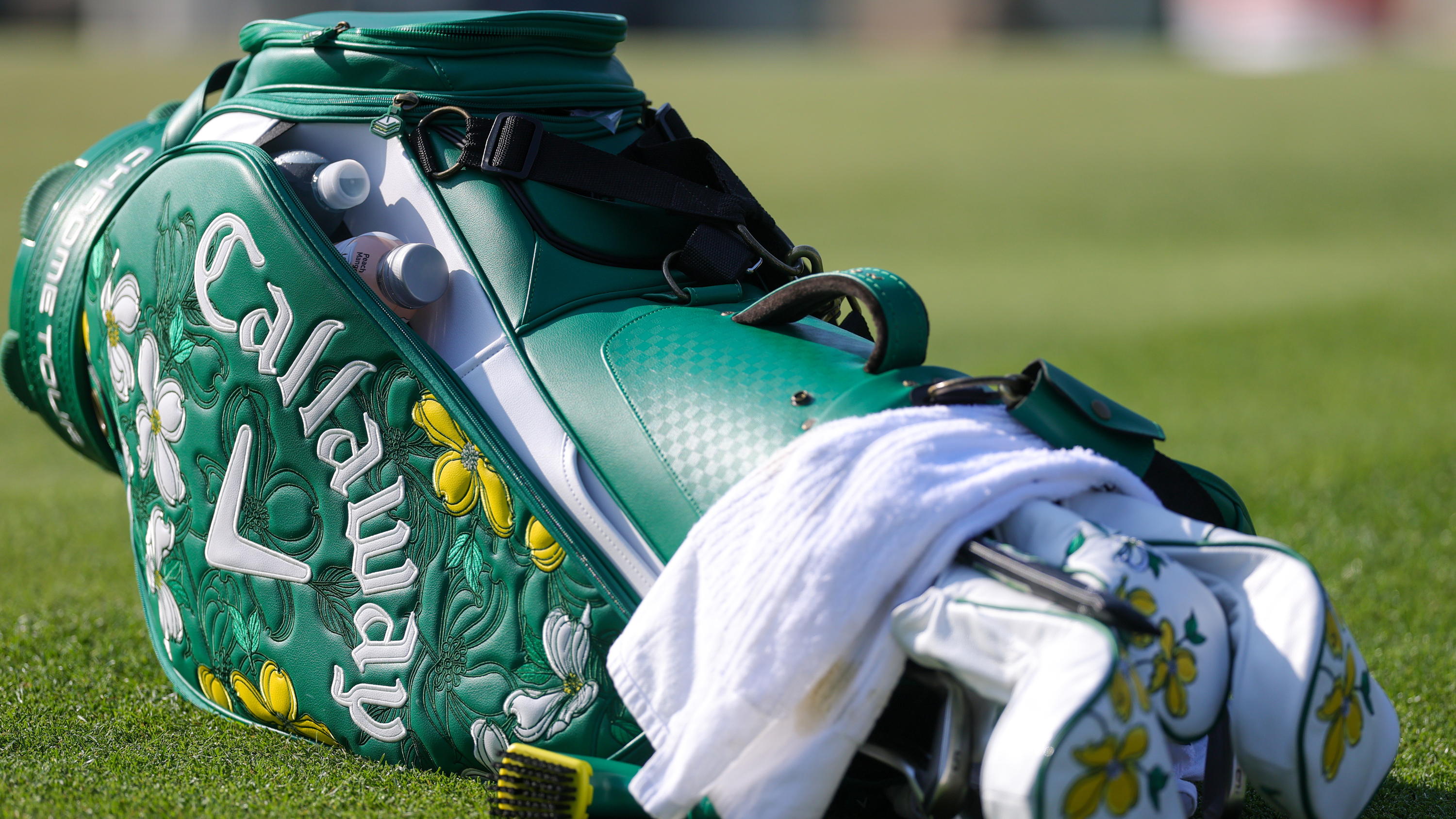 Building The Ultimate Callaway Golf Bag: Our Favourite Clubs From The Brand’s History
Building The Ultimate Callaway Golf Bag: Our Favourite Clubs From The Brand’s HistoryWe select the best and most legendary gear that Callaway has ever produced, from driver right through to putter...
By Fergus Bisset
-
 I’m A PGA Golf Coach - Here's Why I Made Sure My Kids Can Play Golf
I’m A PGA Golf Coach - Here's Why I Made Sure My Kids Can Play GolfFrom life lessons to lifelong friendships, Top 50 Coach Katie Dawkins on what golf can give your children
By Katie Dawkins
-
 From Body-Baring To Dialed In: Grace Charis Redefines Golf Fashion
From Body-Baring To Dialed In: Grace Charis Redefines Golf FashionInfluential golf content creator Grace Charis launches new apparel brand
By Alison Root
-
 Golf Gave Me Confidence... Then Social Media's Toxic Culture Tried To Take It Away
Golf Gave Me Confidence... Then Social Media's Toxic Culture Tried To Take It AwayA young content creator's journey to own her golf game and her voice
By Katie Clarke